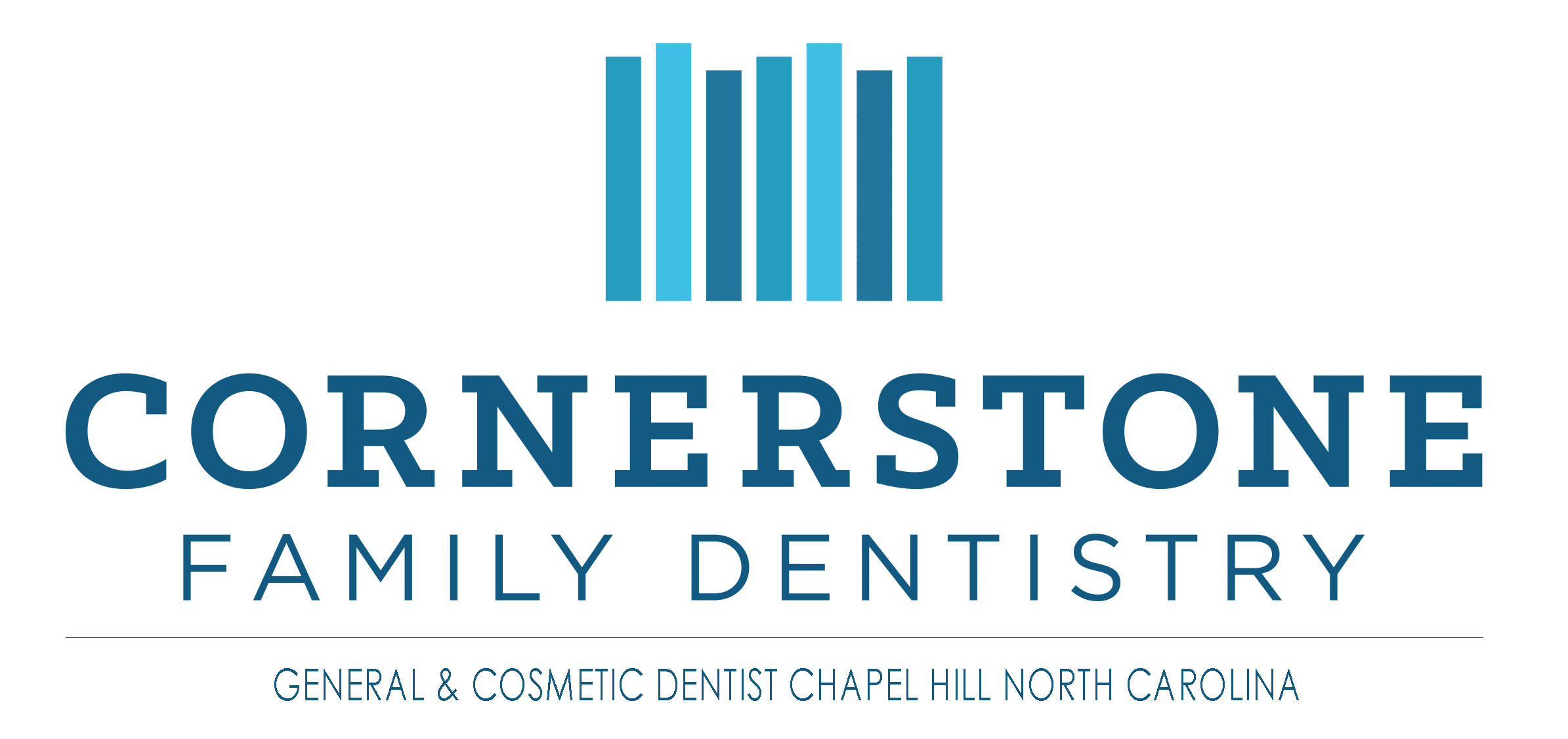What is Tooth Decay
Tooth decay is caused by bacteria in the mouth that produce acids which damage the tooth surface (enamel). If not treated, tooth decay can progress and cause cavities (dental caries) or holes in the teeth. Infection, pain, and eventual tooth loss are also possible if decay is left untreated.
What Causes Tooth Decay?
The mouth is full of bacteria. Some of the bacteria are helpful while others, such as the ones involved in tooth decay, are harmful. These bacteria mix with food forming a sticky film called plaque that clings to the teeth. When starches and sugars are consumed, the plaque feed on them and produce acids that wear away the minerals on the enamel. If not removed, the plaque hardens over time into tartar. In addition to damaging the teeth, plaque and tartar can irritate the gums and lead to gum disease.
Fluoride is a naturally occurring mineral that along with saliva, helps the enamel repair itself. Fluoride can be obtained from toothpastes, mouth rinses, and is often added to community tap water sources. Throughout the day, the teeth undergo a natural process of losing and regaining minerals. If the teeth are not properly cleaned and/or sugary things are consumed frequently throughout the day, the enamel continues to lose minerals leading to tooth decay.
In the initial stage of tooth decay, white spots may appear on the tooth surface in areas that have lost minerals. At this point, the decay may be able to be stopped or reversed if the enamel is better cared for and sugary foods/drinks are limited.
If decay is left to progress, more minerals are lost, the enamel further weakens, and a cavity forms. Cavities result in holes in the tooth and are areas of permanent damage that will likely need to be repaired by a dentist with a filling.
Risk Factors
Not cleaning the teeth adequately and consuming too many sugary drinks and foods are the primary risk factors for tooth decay. Certain people are at higher risk of developing decay including those who:
- Have inadequate saliva due to certain diseases, medicines, and treatments
- Do not get enough fluoride
- Are infants or young children - those that are bottle fed at bedtime expose their teeth to sugar for long hours while they sleep
- Are elderly – older adults often have receding gums and increased wear on their teeth
Signs and Symptoms of Tooth Decay and Cavities
During the initial stage of tooth decay, there may not be any symptoms. However, as the decay progresses and gets worse, it can lead to:
- A toothache or pain
- Tooth sensitivity to cold, hot, or sweet foods and drinks
- White, brown, or black staining or discoloration on the tooth surface
- A cavity – a small hole or pit in the tooth surface; may be visible when looking in the mirror or felt when running the tongue over it
- An infection that could lead to the formation of an abscess (pocket of pus) causing pain, fever, and facial swelling
Treatment Options
- Fluoride treatments: In early stage of decay, fluoride can help repair the enamel
- Fillings: If a cavity forms, fillings may be needed to restore the area
- Root canal: Should decay infect the inner pulp, root canal may be needed to remove the infection and restore the tooth
- Extraction: Should decay be so advanced that the tooth cannot be salvaged, the tooth may require extraction (removal)
More on Tooth Decay : What are Symptoms of Tooth Decay?
